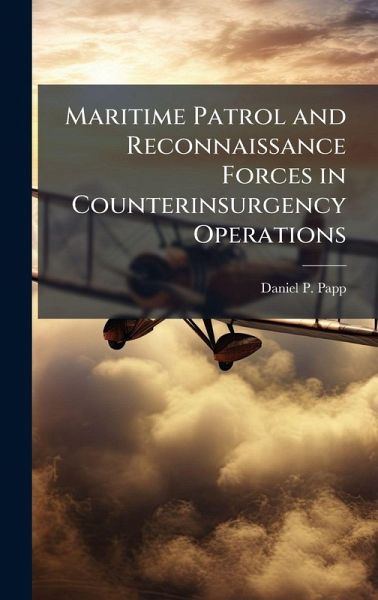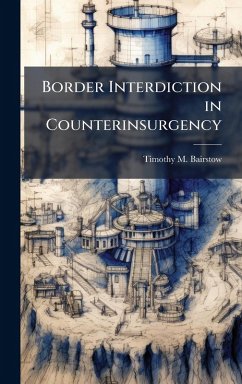
Maritime Patrol and Reconnaissance Forces in Counterinsurgency Operations
Versandkostenfrei!
Versandfertig in über 4 Wochen
26,99 €
inkl. MwSt.
Weitere Ausgaben:

PAYBACK Punkte
13 °P sammeln!
The Maritime Patrol and Reconnaissance (MPR) Force has a long history of defending the fleet against enemy combatant ships and submarines. Over the past 95 years, Patrol Aviation has used its attributes of speed, area coverage, versatility, and payload to defeat its adversaries at sea. With its focus firmly fixed on its conventional maritime mission, the MPR Force of tomorrow will continue to remain vigilant and poised to defeat all who threaten access to the seas. As the Patrol and Reconnaissance community prepares to transition from the venerable P-3C Orion to the P-8A Poseidon and the Broad...
The Maritime Patrol and Reconnaissance (MPR) Force has a long history of defending the fleet against enemy combatant ships and submarines. Over the past 95 years, Patrol Aviation has used its attributes of speed, area coverage, versatility, and payload to defeat its adversaries at sea. With its focus firmly fixed on its conventional maritime mission, the MPR Force of tomorrow will continue to remain vigilant and poised to defeat all who threaten access to the seas. As the Patrol and Reconnaissance community prepares to transition from the venerable P-3C Orion to the P-8A Poseidon and the Broad Area Maritime Surveillance Unmanned Aerial System, our nation and coalition partners face an equally deadly foe that resorts to irregular warfare (IW) methodologies of terror and subversion to meet its strategic ends. Just as the MPR force answered the call to defend the Fleet from the maritime threat; Patrol Aviation has risen to the challenges of the IW arena and has developed a formidable Intelligence, Surveillance, and Reconnaissance capability. This work has been selected by scholars as being culturally important, and is part of the knowledge base of civilization as we know it. This work was reproduced from the original artifact, and remains as true to the original work as possible. Therefore, you will see the original copyright references, library stamps (as most of these works have been housed in our most important libraries around the world), and other notations in the work. This work is in the public domain in the United States of America, and possibly other nations. Within the United States, you may freely copy and distribute this work, as no entity (individual or corporate) has a copyright on the body of the work. As a reproduction of a historical artifact, this work may contain missing or blurred pages, poor pictures, errant marks, etc. Scholars believe, and we concur, that this work is important enough to be preserved, reproduced, and made generally available to the public. We appreciate your support of the preservation process, and thank you for being an important part of keeping this knowledge alive and relevant.












